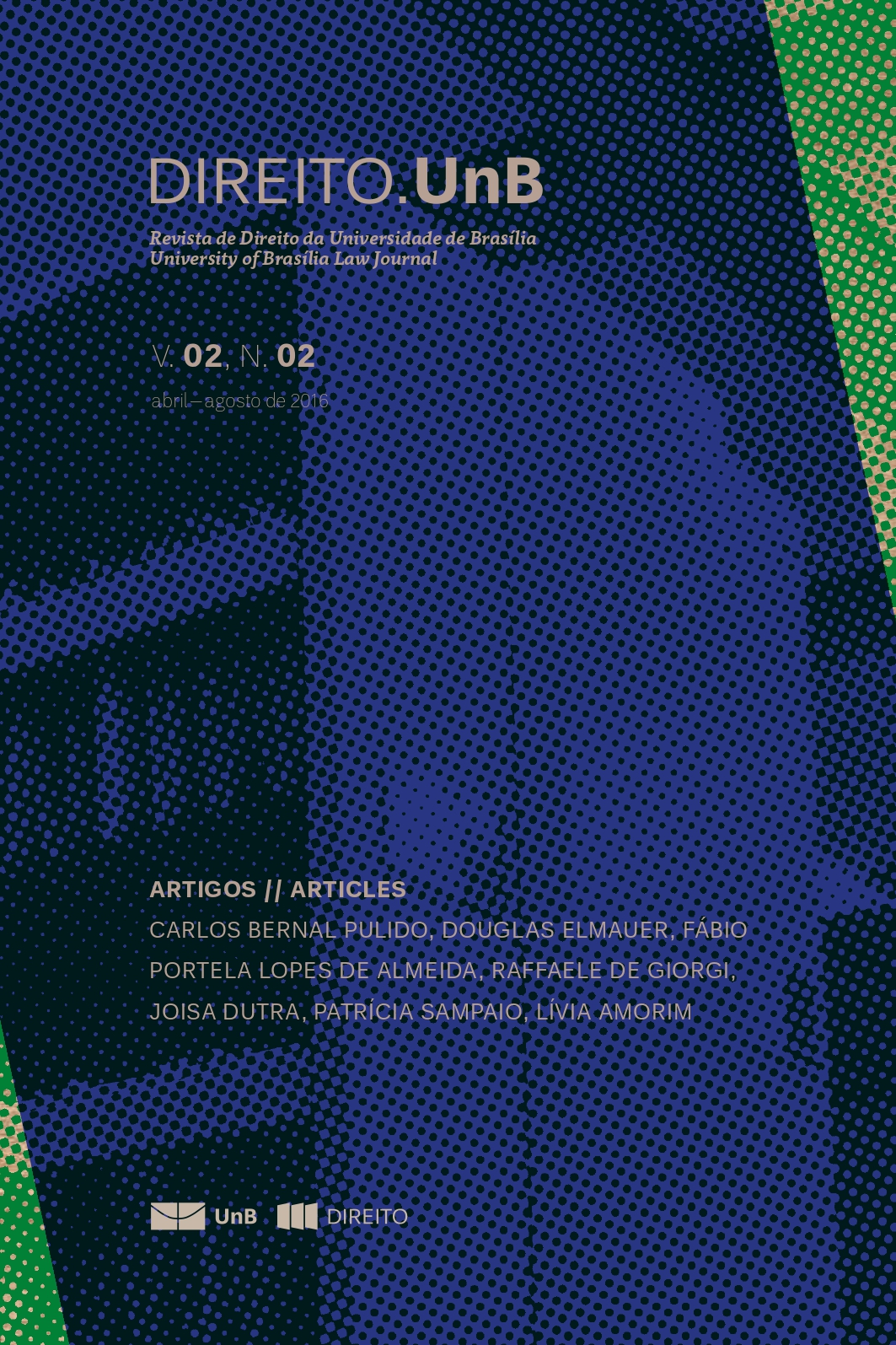Aspectos regulatórios e desafios da iluminação pública: controvérsias e desenvolvimentos recentes
Palabras clave:
Iluminação Pública, ANEEL, Direito Regulatório, Políticas PúblicasResumen
A relevância da iluminação pública para a sociedade se apresenta em diversas dimensões, trazendo ganhos sensíveis para a segurança pública, o ordenamento do tráfego urbano e o aproveitamento noturno de espaços públicos. No entanto, a provisão adequada desse serviço historicamente representa um desafio a formuladores de política e reguladores, tanto pelo elevado consumo de energia demandado, quanto pela necessidade contínua de manutenção e melhoria das instalações, que importam em custos expressivos para os municípios, em muitos casos representando a sua segunda maior despesa. Com a determinação da ANEEL de que os ativos de iluminação pública que porventura se encontrassem na base de ativos das distribuidoras
locais fossem integralmente transferidos para o município titular do serviço até o dia 31 de dezembro de 20141, os municípios estão tendo que lidar com uma nova realidade, a de gerir diretamente os ativos de iluminação pública ou de contratar com terceiros essa gestão, o que representará um custo adicional aos orçamentos locais. Para fazer frente a essa nova realidade, os municípios têm adotado arranjos diferentes para gerir os ativos transferidos. Foram observadas especialmente a adoção de três possibilidades: a gestão direta pelo poder público ou sua contratação mediante licitação para a contratação de serviço de manutenção, a adoção de Parcerias Público-Privadas (PPP) ou a reunião de municípios por meio de Consórcios Públicos.
Neste trabalho buscou-se investigar o funcionamento de cada uma das alternativas adotadas pelos municípios. Ademais, observou-se que, independentemente do modelo adotado, os desafios encontrados têm sido diversos. Muito embora a Constituição determine que a cobrança possa ser utilizada para “custeio dos serviços de iluminação pública”, a legislação federal não prevê quais rubricas poderiam ser cobertas ou não com recursos da Contribuição para Custeio do Serviço de Iluminação Pública (COSIP)2. Além da barreira financeira, os municípios deparam-se com a falta de expertise sobre o tema e a falta de preparo para conseguir gerir o serviço de iluminação pública, com toda a sua complexidade.
Descargas

Descargas
Publicado
Cómo citar
Número
Sección
Licencia
Derechos de autor 2016 Direito.UnB - Revista de Derecho de la Universidad de Brasília

Esta obra está bajo una licencia internacional Creative Commons Atribución-NoComercial-SinDerivadas 4.0.
Autores que publicam na Revista Direito.UnB concordam com os seguintes termos:
- Autores mantêm os direitos autorais e concedem à revista o direito de primeira publicação, com o trabalho simultaneamente licenciado sob a Licença Creative Commons - Atribuição-NãoComercial-SemDerivações 4.0 Internacional que permite o compartilhamento do trabalho com reconhecimento da autoria e publicação inicial nesta revista.
- Autores têm autorização para assumir contratos adicionais separadamente, para distribuição não-exclusiva da versão do trabalho publicada na Revista Direito.UnB (ex.: publicar em repositório institucional ou como capítulo de livro), com reconhecimento de autoria e publicação inicial nesta revista.
- Autores têm permissão e são incentivados a publicar e distribuir seu trabalho online (ex.: em repositórios institucionais ou em suas páginas pessoais) a qualquer momento após à definição do processo editorial.
- Autores concordam que, eventualmente, seus trabalhos poderão ser agregados pela Revista Direito.UnB às bases e sistemas de informação científica existentes (indexadores e bancos de dados atuais) ou que existam no futuro (indexadores e bancos de dados futuros). Os detentores dessas bases de dados terão a possibilidade de realizar as seguintes ações sobre o artigo:
- Reproduzir, transmitir e distribuir o artigo, no todo ou em parte sob qualquer forma ou meio de transmissão eletrônica existente ou desenvolvida no futuro, incluindo a transmissão eletrônica para fins de pesquisa, visualização e impressão;
- Reproduzir e distribuir, no todo ou em parte, o artigo na impressão;
- Capacidade de traduzir certas partes do artigo;
- Extrair figuras, tabelas, ilustrações e outros objetos gráficos e capturar metadados, legendas e artigo relacionado para fins de pesquisa, visualização e impressão;
- Transmissão, distribuição e reprodução por agentes ou autorizada pelos proprietários de distribuidoras de bases de dados;
- A preparação de citações bibliográficas, sumários e índices e referências de captura relacionados de partes selecionadas do artigo;
- Digitalizar e/ou armazenar imagens e texto de artigo eletrônico.





